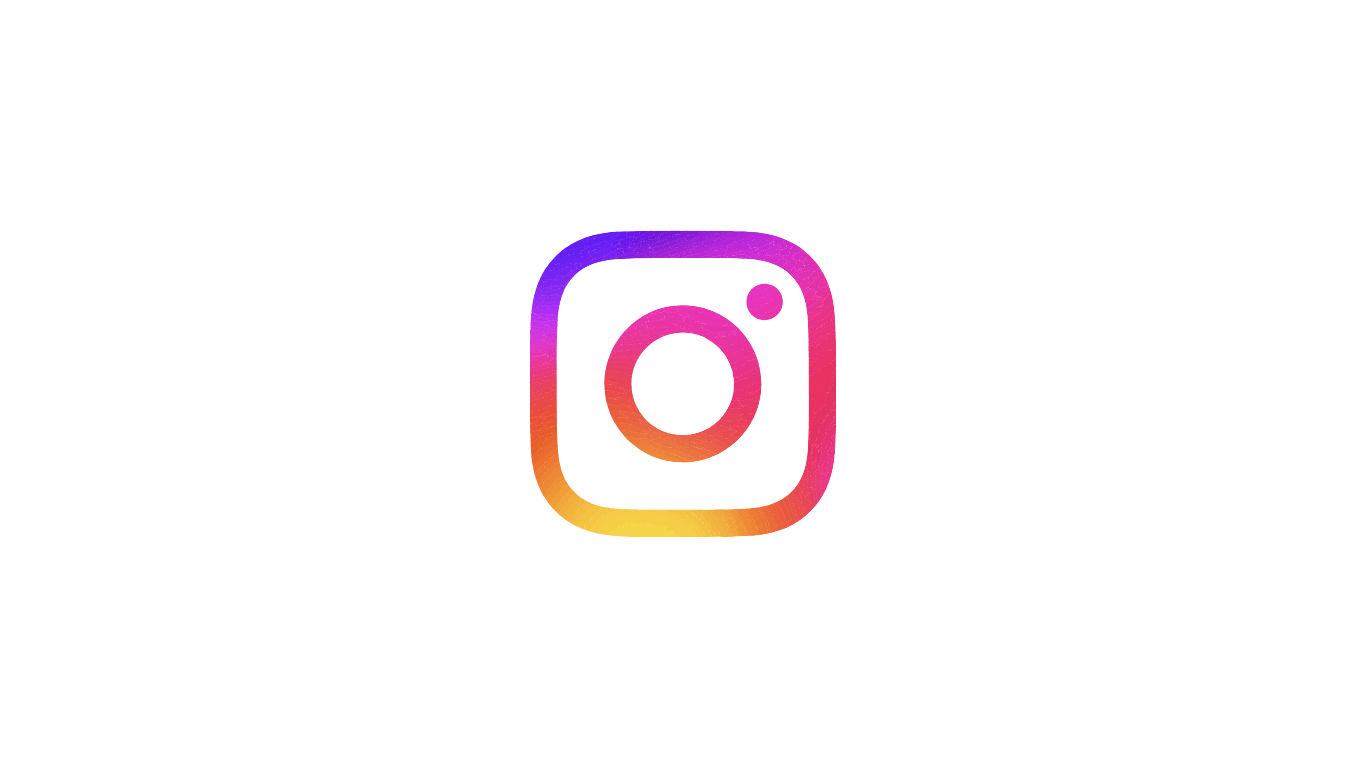Building your makeup kit
Building your makeup kit
Let’s Talk About 'The Kit'
No, really. Let’s talk about that long list of “essentials” you’re supposed to own as a makeup artist.
There’s foundation, concealer, primer, powder, bronzer, brow gel, lip liner, eyeliner… it’s endless.
But when you strip away all the fancy tubes and glass bottles, you’re left with the same three building blocks:
Think about it. That foundation? It’s just a color (a deep tan pigment), a texture (a liquid), and a formula (maybe full-coverage and matte).
That waterproof brow gel or liner? It’s brown color in a waxy or liquid texture with a strong-hold formula.
You can literally make your own by scraping some black eyeshadow and mixing it with a drop of mixing medium or even setting spray.
Color + Texture + Formula = a long-lasting liner that will not move.
Quick warning: Be smart about this. We’re playing with makeup, not running a chemistry lab. Only mix products that are already safe for your skin.
It’s the same story for lips. You pick your color (say, a pink pigment), then decide the texture and formula. Add clear gloss for shine, mix it into a cream base for a velvet feel, blend it with a tiny bit of balm for comfort, or pair it with something matte if you want it to stay put all day.
See the pattern? Makeup brands play with these three elements and as makeup artists, we get to play around with them too.
So “Color, Texture, Formula” is your foundation.
But if you really want to get creative, you need the full cheat code
The C.R.A.F.T Frameworkdline
Color: The pigment. What shade do I need?
Recipe: The formula and texture combined. What’s the magic potion I’m making? Does it need to be waterproof for a crying bride? Sheer for a “no-makeup” look?
Application: How you put it on – brush, sponge, or fingers?
Finish: The final look – matte, dewy, shimmery?
Target: Where it’s going – lips, eyes, cheeks? This one’s crucial, unless you want to accidentally use glitter glue mixed with eyeshadow to tightline your eyes.
Spoiler: you don’t.
If you’ve made it this far, you already understand what most artists never figure out... That a good kit isn’t about quantity. It’s about clarity.
The next step is learning how to use what’s in your kit with precision, how to balance undertones, correct color, and customize every face in front of you. That’s exactly what I teach inside my course, Color Theory for Makeup Artists.
Once you start thinking this way, you can shop strategically, save costs, and maximize your products and productivity.
In fact, if you’ve ever mixed two random things and it actually worked, if you’ve ever mixed foundation with illuminating lotion, or tapped concealer onto your eyelid as a primer, congratulations. You’re not just buying makeup. You’ve been crafting all along.
© Created with systeme.io



